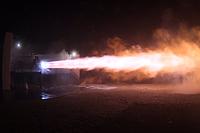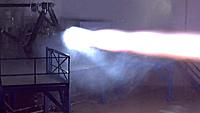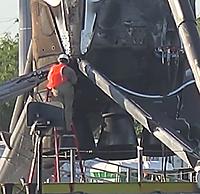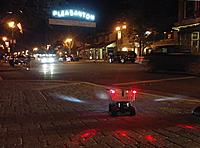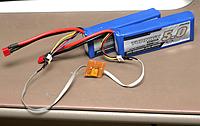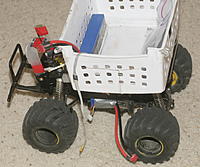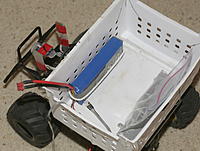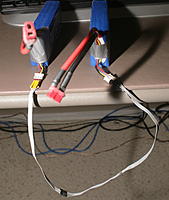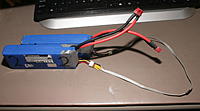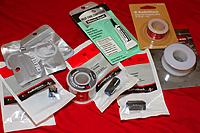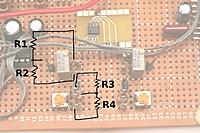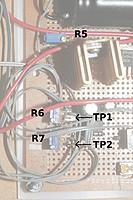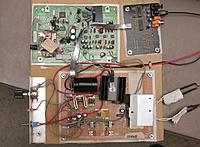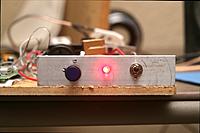Archive for September, 2016
-
 Views: 158
Views: 158
-
 Views: 164
Views: 164
Inside the tank. -
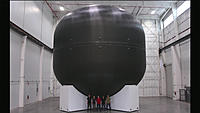 Views: 165
Views: 165
Actual, full size tank for the BFR with production methods. NASA would make a 1/3 model & go nowhere. -
 Views: 160
Views: 160
-
 Views: 158
Views: 158
-
 Views: 154
Views: 154
-
 Views: 167
Views: 167
-
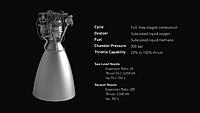 Views: 166
Views: 166
Not sure this is a real engine or a stock drawing. It normally takes 2 stages of turbopumps to hit 4300psi, but he claimed supercooling the propellants prevented cavitation.
Comments (0)
Add Comment
-
 Views: 128
Views: 128
The 12V sense track was completely corroded away. The conformal coating came too late. There was also quite a bit of rust on the radio. -
 Views: 140
Views: 140
It was time to try the long awaited gluing of the wheels. -
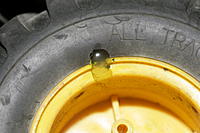 Views: 126
Views: 126
-
 Views: 132
Views: 132
The 5V input was made the source for the 3V regulator to cool it down. The Vsense wire was resoldered to the 12V input. -
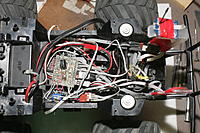 Views: 132
Views: 132
-
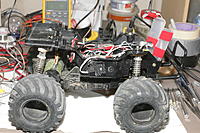 Views: 135
Views: 135
A new switch for lighting was installed to make it easier to access & more reliable. This with a beefier plug should eliminate the glitches. -
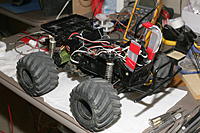 Views: 136
Views: 136
Radios were installed on cleverly ground remanes of the final flashlight. -
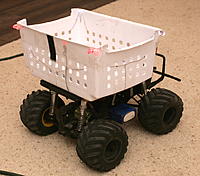 Views: 127
Views: 127
The new lighting was installed at 45' angles to try to shoot around a rear obstacle. Still undecided if this was worth it.
